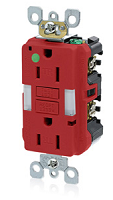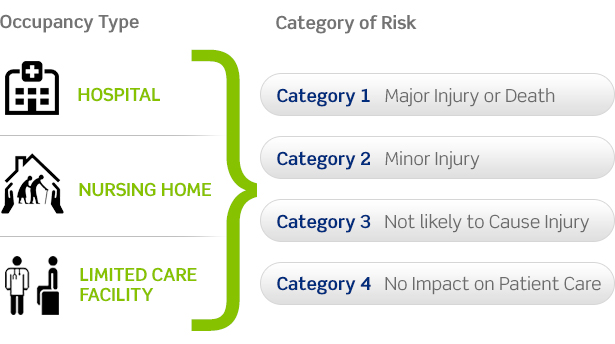Menu
- About Us
- Products by Market
- More Products From LEVITON
-
Leviton Decora Edge™ Color-Coded Levers For Faster, Safer Installation Leviton s Decora Edge Single Pole Switch 3 Way Switch and Tamper ...
-
Leviton Residential EV Charger Solutions Residential MDU Work Place For residential applications Compatibi...
-
2022 Leviton Focused Products, Residential Residential Solutions Leviton Load Centers Leviton Load Center Ta...
-
Leviton's GFCI/USB-A And USB-C Solutions Introducing GFCI USB A and USB C GFCI Combination Type A USB In W...
-
Medical Grade Power Strips Code Compliant Safety Ensured Leviton s entire offering of medica...
-
2022 Leviton Focused Products Residential, Commercial, Industrial Markets Residential Commercial or Industrial markets covered below Reside...
-
Leviton's New Smart Wallbox Sensor Elevate Your Sensing Control Options with Smart Wallbox Sensors E...
-
Leviton Announces Pro Rewards Program Pro Rewards ProgramPlease take the time to register to become a L...
-








